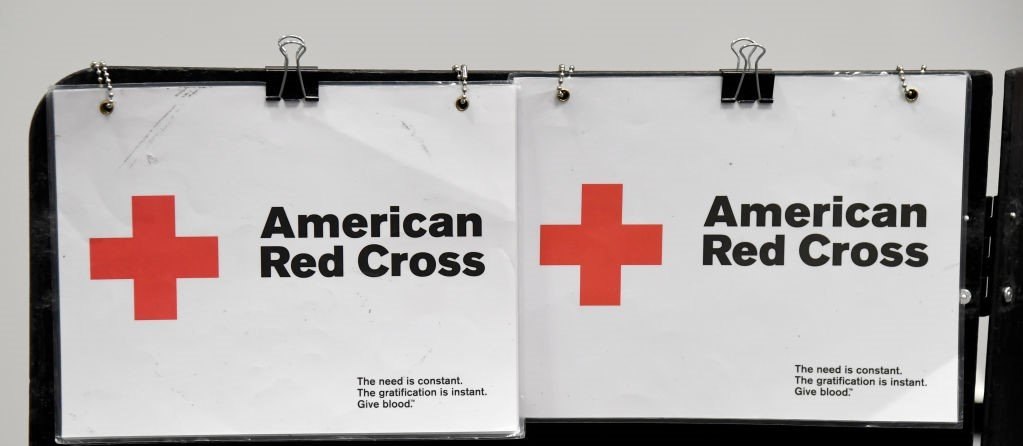As COVID-19 — and the economic hardship that it brings — spreads across the world, charities and not-for-profit organizations are ramping up fundraising efforts.
According to a recent survey of more than 10,000 Americans, roughly one in five (21%) have donated to a cause meant to aid people impacted by COVID-19.
Ongoing data collection from YouGov Profiles shows 19 percent of Americans who have donated in the last 90 days give sporadically, while 16 percent do so on a regular basis. YouGov also tracks why people, in general, donate to charities: Nearly two in five (37%) say they do so because “I believe in the cause,” while 23 percent say because “I believe you should give to charity” and 13 percent say because “Giving to charity is part of my religious beliefs.”
The American Red Cross — known mainly for disaster relief and blood donations — has seen an increase in positive perception in the last month. According to YouGov BrandIndex data, the percentage of Americans who said they were likely to give money to the Red Cross increased 8.2 percent on April 15, marking a three-percentage-point jump between March 5 and April 15.
During the pandemic, the Red Cross has focused on blood donations and “encourages people to make blood donation appointments for the weeks ahead to ensure a stable supply throughout this pandemic.”
However, need for non-virus relief is needed, as was demonstrated by a storm that ripped through the southern United States, killing more than 30 people in mid April.
Meanwhile, BrandIndex data also shows the Salvation Army has seen a modest increase in interest in recent weeks. Between March 3 and March 27, the percentage of Americans interested in giving to the organization rose from 7.7 percent to 9.1 percent.
Methodology: Survey about the donating to causes in the last two weeks is based on a sample size of 10,855 US adults. Data of reasons for giving is based on YouGov Profiles sample size of 5,930 US adults. Intention to support the American Red Cross and Salvation Army is based on a four-week rolling average with an average daily sample size of 1,605 US adults.
Image: Getty











